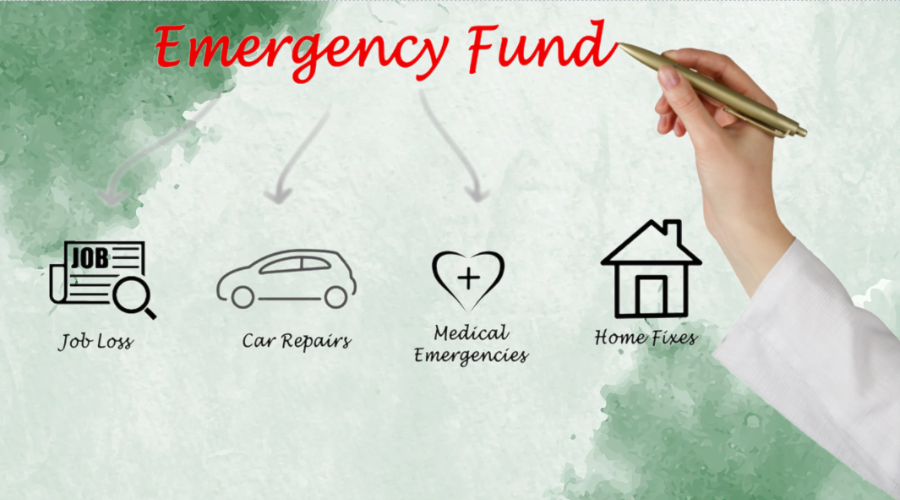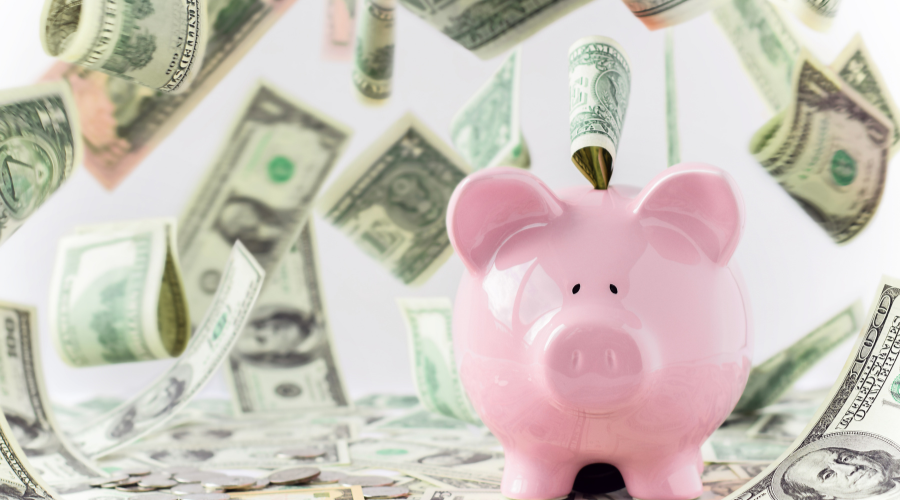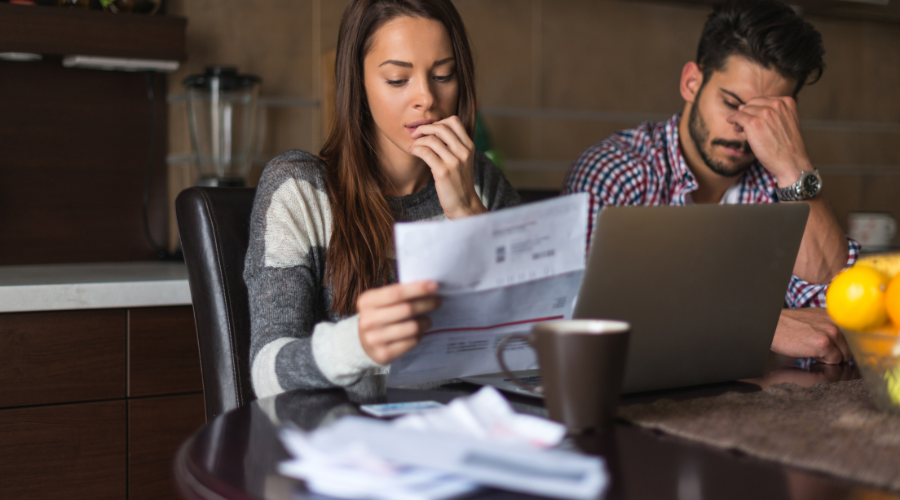An emergency fund is money you set aside to pay bills should something happen. A family member could get sick and be unable to work, or you could lose your job unexpectedly if your workplace closes down, or you could be out of work for many other reasons. An emergency fund also comes in handy if you have a significant issue, such as your vehicle breaking down, the HVAC system in your home going out, or an unexpected medical emergency.
The Emergency Fund
Your emergency fund should cover at least six months of expenses, including your mortgage or rent, utilities, food and gas for your vehicles. If you already have a budget, you know how much you need to survive every month. If not, now is an excellent time to create a budget. To get started on building an emergency fund, create an account at a bank that offers high-yield interest savings accounts. When you choose a savings account that actually pays some interest instead of the pittance that most regular savings accounts offer, you'll find that you'll be able to save even faster.
Many accounts allow you to start with less than $100. Plan on adding something to the account every time you get paid. The more you can deposit, the better – but if you can afford just $10 per week, that is a good start. Once you get used to putting that money in the account, you'll find that you don't miss it – you learn to get by without that decrease in your spendable money.
Ways to Start Saving for an Emergency Fund
Even if you think you can't squeak a dime out of your weekly spending, you might be surprised if you sit down and start working on a budget. The best way to start saving for an emergency fund is to look for ways you can 'find' money. You can do this without creating a budget, but it's much easier when you have a budget to work from.
- If you often pay for items with cash, put the loose change in a jar. Never take that money out of the jar until it's filled. You can then roll the coins and deposit the money into your high-yield savings account.
- If you go to an expensive coffee shop every day, consider bringing your own coffee twice a week. If you are spending $5 every day on coffee, you can save $10 for your emergency fund just by skipping two days.
- If you don't bring your own lunch to work, start doing that at least three times per week.
- Compare prices when grocery shopping. The best deal isn't always the item with the lowest price tag. You can easily compare by looking at the unit prices. If the store doesn't have unit prices listed, divide the number of ounces, pounds, cans, or whatever the unit is by the price. For example, a 12-ounce box of Rice Krispies is $3.29, while the 22-ounce package is $5.50. The 22-ounce package is the better deal since the cereal is $0.25 per ounce instead of nearly $0.28 per ounce ($0.274). You are saving a little over 3 cents per ounce – that adds up over time.
- Look at your cable bill. Are you subscribing to channels you rarely watch? Delete them. Do you watch the local channels frequently? If not, you might consider dropping expensive cable for one of the streaming services.
- Check your cell phone bill. Do you use all of the data plan you pay for every month? If you have 8 gigs of data and have never gone over 4 gigs, change your plan to the 4 gigs.
- Check your insurance policies. Are you over-insured? If so, change the value of your home on your insurance policy. Make sure you don't drop it so low that it doesn't pay – but you shouldn't be paying premiums for $500,000 in insurance for damage to your home from fire when the replacement value is $200,000.
These are just a few ways to save money. Put every dollar you save into your emergency savings account – you weren't using it for yourself before, so you shouldn't miss it after you cut corners. Once you get your emergency savings built up, you can use your savings for another project or put it in savings for a trip or other "want." You can also continue saving and use anything above the emergency savings amount for retirement.
Refurbishing an Emergency Savings Account
If you have to use some of your emergency savings for an emergency, be sure to start putting money back in the account as soon as you can. You don't want to be caught low should another emergency rear its ugly head.
Sign up below to be notified of additional articles like this.











Comments